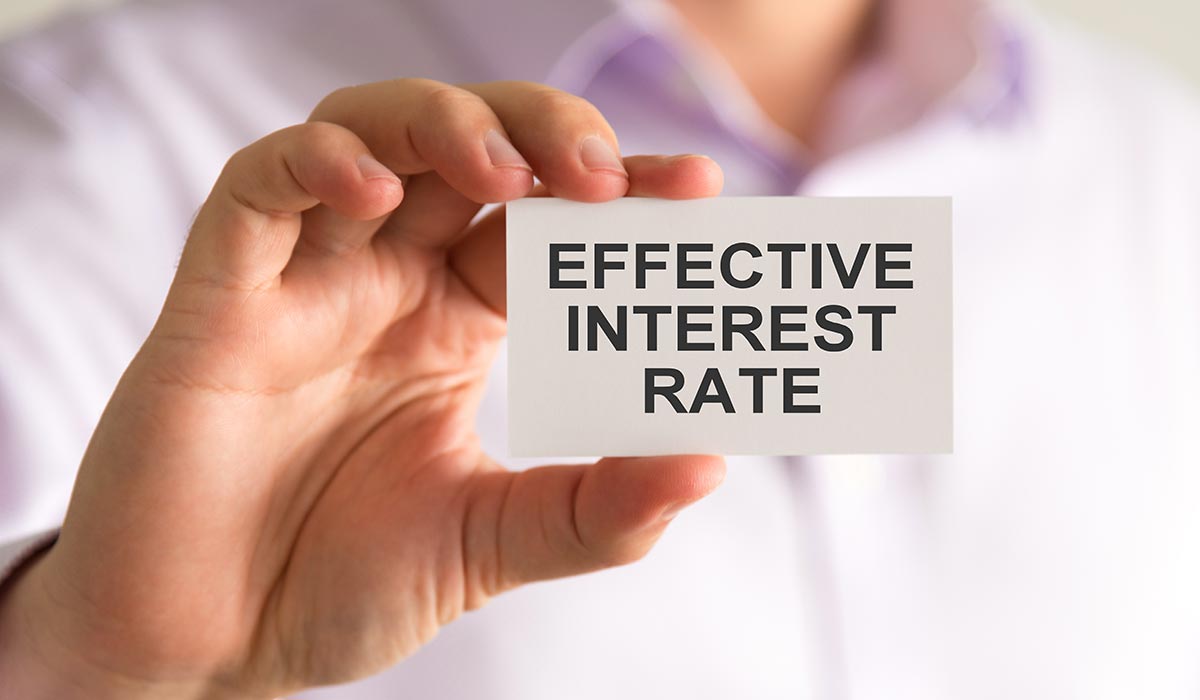Everything You Need To Know About EIR
When it comes to loans, it’s easy to be overwhelmed and tempted by super low advertised interest rates. However, there’s a hidden cost that these numbers do not account for: the effective interest rate.
But what is the effective interest rate meaning and how does it affect your payments?
To help you navigate this, we’ll break down everything you need to know about what is EIR and why it’s an important factor to consider before taking out any type of loan.
Here at OMY Singapore, you will discover the following:
What Is EIR in Loan?

Before knowing the other intricacies of effective interest rate, you first have to know what is effective interest rate.
The effective interest rate means the true cost of borrowing, taking into account all the different fees and charges associated with a loan. The effective interest rate also takes into consideration compounding, which means that the interest is calculated not only on the principal amount borrowed but also on the accrued interest over time.
Is EIR the same as the Advertised Interest Rate?
Compared to the advertised interest rate, what is EIR in loan gives a more accurate representation of the total cost of borrowing. This means that while the advertised interest rate may seem enticingly low, the EIR will give a clearer picture of what the loan will actually cost you in the long run.
So, does this mean banks are being dishonest with their advertised interest rates? Not necessarily. The advertised interest rate is simply a starting point for how to calculate effective interest rate.
Why Is It Important to Consider EIR?
Now that you know what is EIR in loan, it’s time to learn why you should learn more about it. We’ve rounded up some reasons why considering the effective interest rate is crucial before taking out any loan:
Loan assessment
As a loan applicant, you should assess whether you’ll be able to comfortably repay the loan, whether it’s a renovation loan, short-term loan, or car loan. Knowing the effective interest rate means you’ll have a realistic idea of what the loan will cost you over time. This can help you make a decision about whether the loan is worth taking out or not.
Comparison
What is EIR in loan can be especially useful when comparing different loan options. While one loan may have a lower advertised interest rate, the EIR may reveal that it actually costs more in the long run due to additional fees and compounding interest. This is also why you should know how to calculate effective interest rate.
For example, if Bank A and Bank B have the same advertised personal loan interest rates, but Bank A has a higher effective interest rate due to additional fees, it may be more financially beneficial to choose Bank B instead.
Transparency
Understanding the effective interest rate can also help you avoid any surprises or hidden costs. By knowing the true cost of borrowing, you can make a more accurate budget and avoid any unexpected financial strain in the future. The law also requires loan providers to disclose the EIR to borrowers, so you have the right to know exactly what you’re getting into before signing any loan agreement.
Budgeting
When you know the true cost of borrowing through what is EIR in loan, you can factor the loan repayment into your budget and adjust your spending habits accordingly. This can help you avoid defaulting on the loan or struggling to make ends meet while paying it off.
In addition, the effective interest rate can also help you determine whether paying off the loan early would be financially beneficial or not. When you know what is EIR in loan, you can calculate how much interest you’ll save if you pay it off sooner.
How to Calculate Effective Interest Rate
Calculating the effective interest rate can be a bit tricky, but thankfully, all banks and financial institutions display this metric for all their loan products. However, if you want to know how to calculate effective interest rate, here’s the formula:
EIR = (1 + r/n)^n – 1
Where:
R: annual interest rate
N: number of compound periods
To give you a better picture of what is effective interest rate, here’s an example. Imagine you take out a S$1,000 loan with 12 monthly instalments of S$87.5 each. The annual interest of this loan is 5%. To calculate the effective interest rate, divide the APR by 12 to get 0.417%. Then, fill in the formula:
Effective Interest Rate = (1 + 0.0417%/12)^12 – 1 = 5.2%
So what does this mean? In total, the EIR is 5.2. According to the effective interest rate meaning, you will be paying S$1520 for your entire loan term duration.
Considering the formula above, the loan term greatly affects the effective interest rate. A longer loan term tends to result in a lower effective interest rate. If you use the example above and switch out 12 months to 24 months, the effective interest rate will drop to 4.7%. However, it may also mean you end up paying more in total interest over the life of the loan.
This is because, with longer terms, your monthly payments are lower, which can make the loan seem more affordable, but it also means you’re paying interest over a longer period.
Conversely, shorter loan terms typically have higher monthly payments but lower overall interest costs, resulting in a higher effective interest rate. Therefore, choosing the right loan term is a balance between managing your monthly budget and minimising the total cost of borrowing.
A Word From OMY
The concept of what is EIR in loan isn’t something borrowers should fear, but rather educate themselves on. Taking out a loan is a big decision, and understanding the real cost of borrowing can save you from financial strain.
Don’t be lured in by low advertised interest rates without considering the effective interest rate and all associated fees and charges, and as always, make sure to assess your own financial situation and choose a loan with a manageable repayment plan that suits your needs. Furthermore, don’t skip the process of how to calculate effective interest rate. With the right knowledge, you can borrow responsibly.
Ready to apply for a personal loan? Get a tailored loan offer here.







